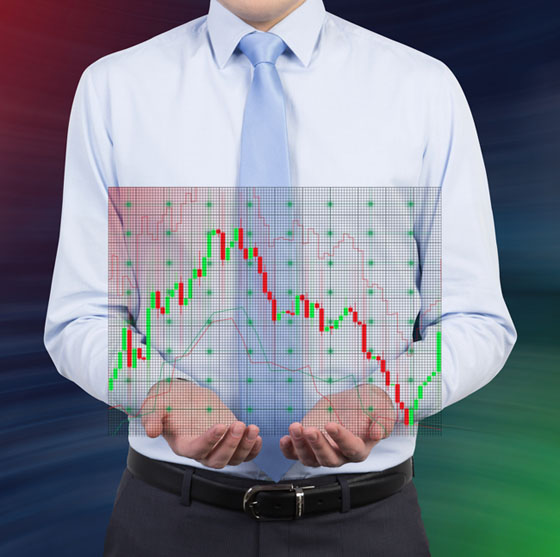Trading signals are technical indicators that recommend the ideal time to buy or sell a particular instrument. Signals are created by a specialized trading robot or by a professional analyst. Each suggestion is followed by all the details necessary to instigate it accurately and easily, such as a specific time and price. Trade signals come in a variety of forms, including bull or bear pennants, rectangles, triangles and wedges, as well as head-and-shoulders chart patterns. These tools enable traders to implement a broad range of strategies on multiple time horizons. Trading signals may also bring attention to abnormal volumes, options activity and short interest. The most popular methods used to transmit this kind of data from supplier to client are SMS, internet, email and social media, etc.
Robots are powerful tools developed to help online traders recognize and take advantage of market movements. Robots are dedicated software tools that automatically trade the markets. The most popular robots have been coded specifically so that they can function within the most popular trading platforms available. These tools act as expert advisers and can perform a variety of actions, such as identifying new trading opportunities, executing and exiting positions, placing stop-losses and safeguarding your trading capital from excessive levels of risk, etc. In fact, any manual trading operation that you perform can be incorporated into a trading robot.
Automated trading systems allow traders to develop specific rules for entries and exits positions that, once programmed, are automatically executed via a computer. The trade entry and exit rules can be based on simple conditions such as a moving average crossover, or can be complicated strategies that require a comprehensive understanding of the programming language specific to the user’s trading platform, or the expertise of a qualified programmer. Automated trading systems typically require the use of software that is linked to a direct access broker, and any specific rules must be written in that platform’s proprietary language.

Advantages of Automated Trading Systems
- Automated trading systems minimize emotions throughout the trading process. Without emotions traders usually have an easier time sticking to the strategy.
- Traders can take rules and test them on historical data before risking real money in live trading.
- Automatic trading encourages discipline because the trading plan will be followed precisely.
- Traders can trade multiple accounts or various strategies simultaneously.
Disadvantages of Automated Trading Systems
- Due to potential setbacks, such as connectivity issues, power losses or computer crashes, and to system quirks, automated trading does require surveillance.
- Traders who use back testing techniques can create systems that look great on paper and perform terribly in a live market.
With so many trading options available, choose a method that is suitable for you. Test each available option: robot trading, technical anaylsis and automated trading. In the end, with patience and a practical strategy you will know which method to use.
